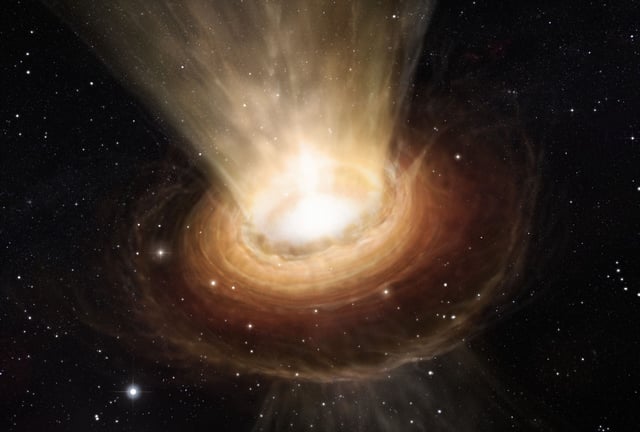Overview
- The James Webb Space Telescope (JWST) has observed the dispersal of gas from a planet-forming disk around the young star T Cha, marking a significant advancement in understanding planetary formation.
- Researchers have detected winds of noble gases, such as argon and neon, indicating the active dispersal of gas which is crucial for the formation of planets.
- The study suggests that the dispersal of gas from protoplanetary disks is driven by high-energy stellar photons, shedding light on the mechanisms behind planet formation.
- Observations reveal that the disk around T Cha is losing mass at a rate equivalent to the moon's mass annually, highlighting the rapid dispersal of gas during planetary formation.
- These findings provide profound insights into the intricate interactions that influence the dispersal of gas and dust, essential for the formation of planets.
